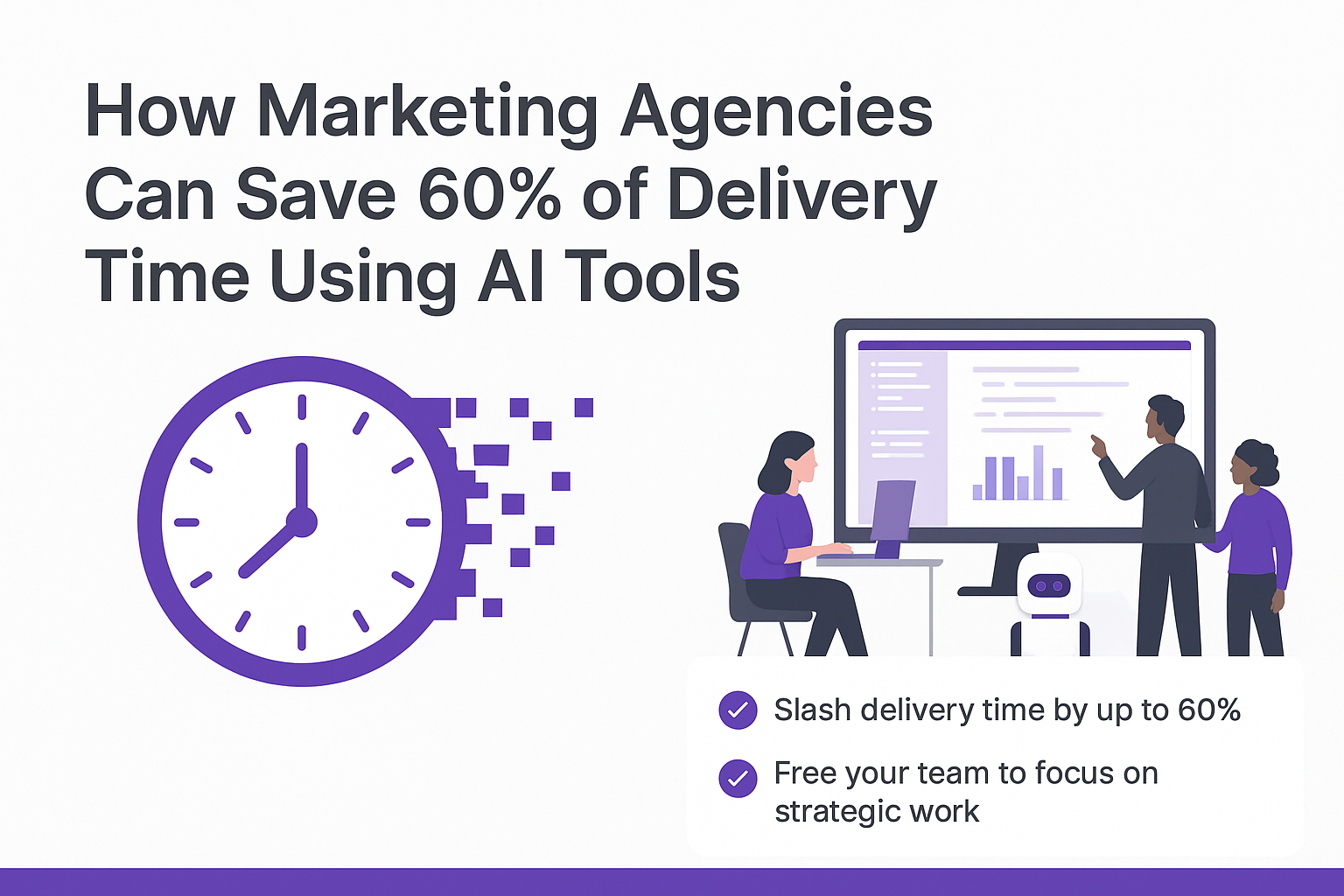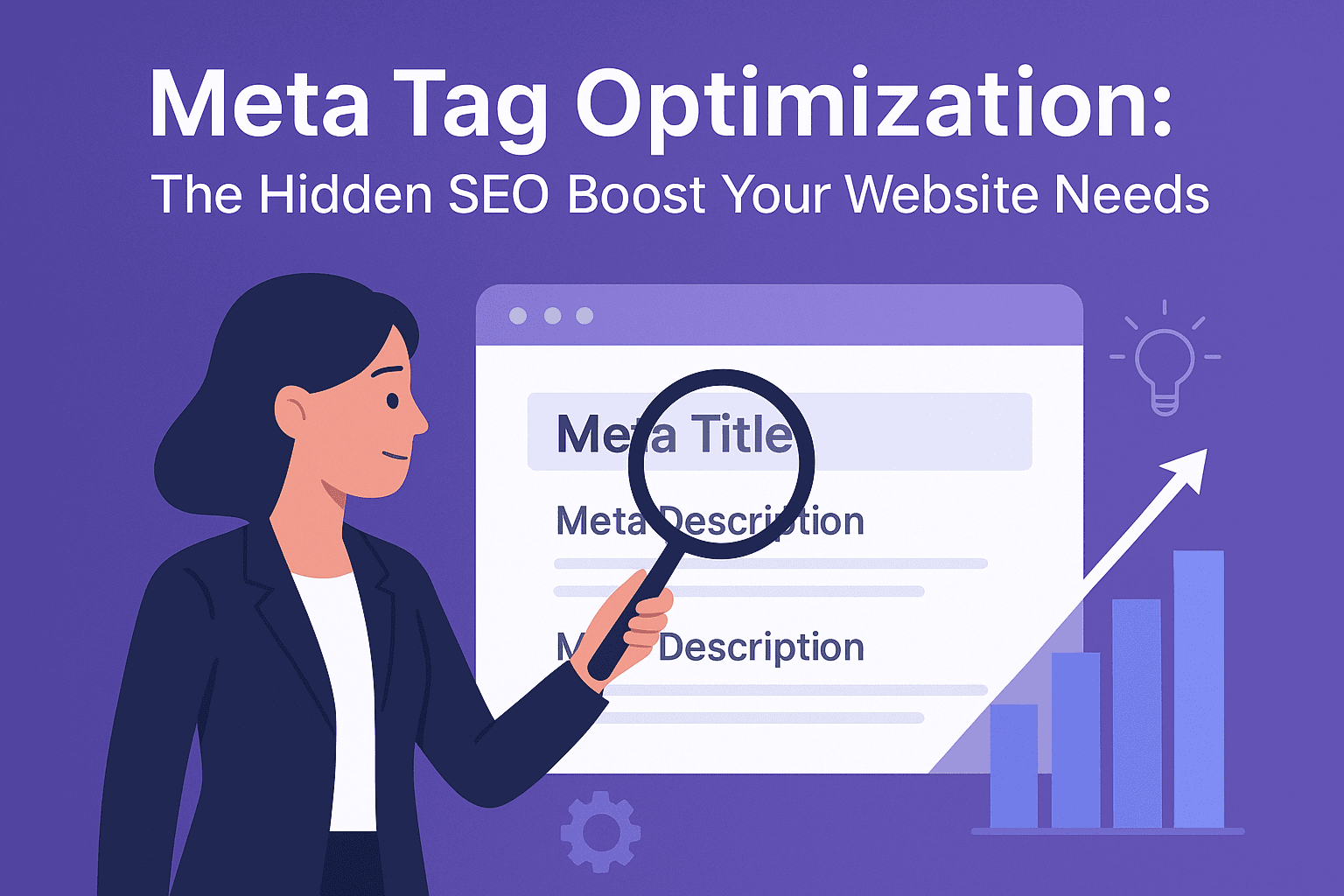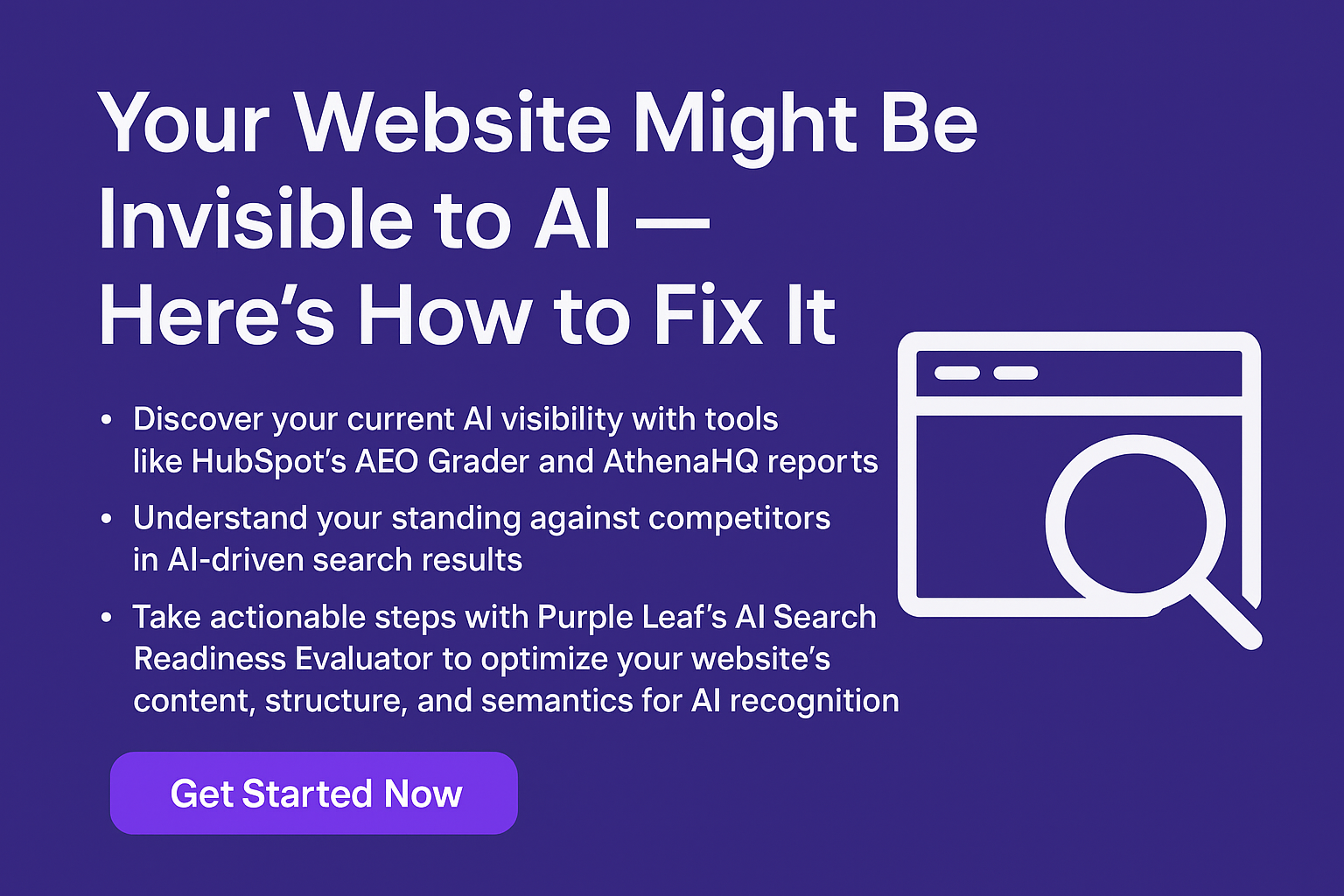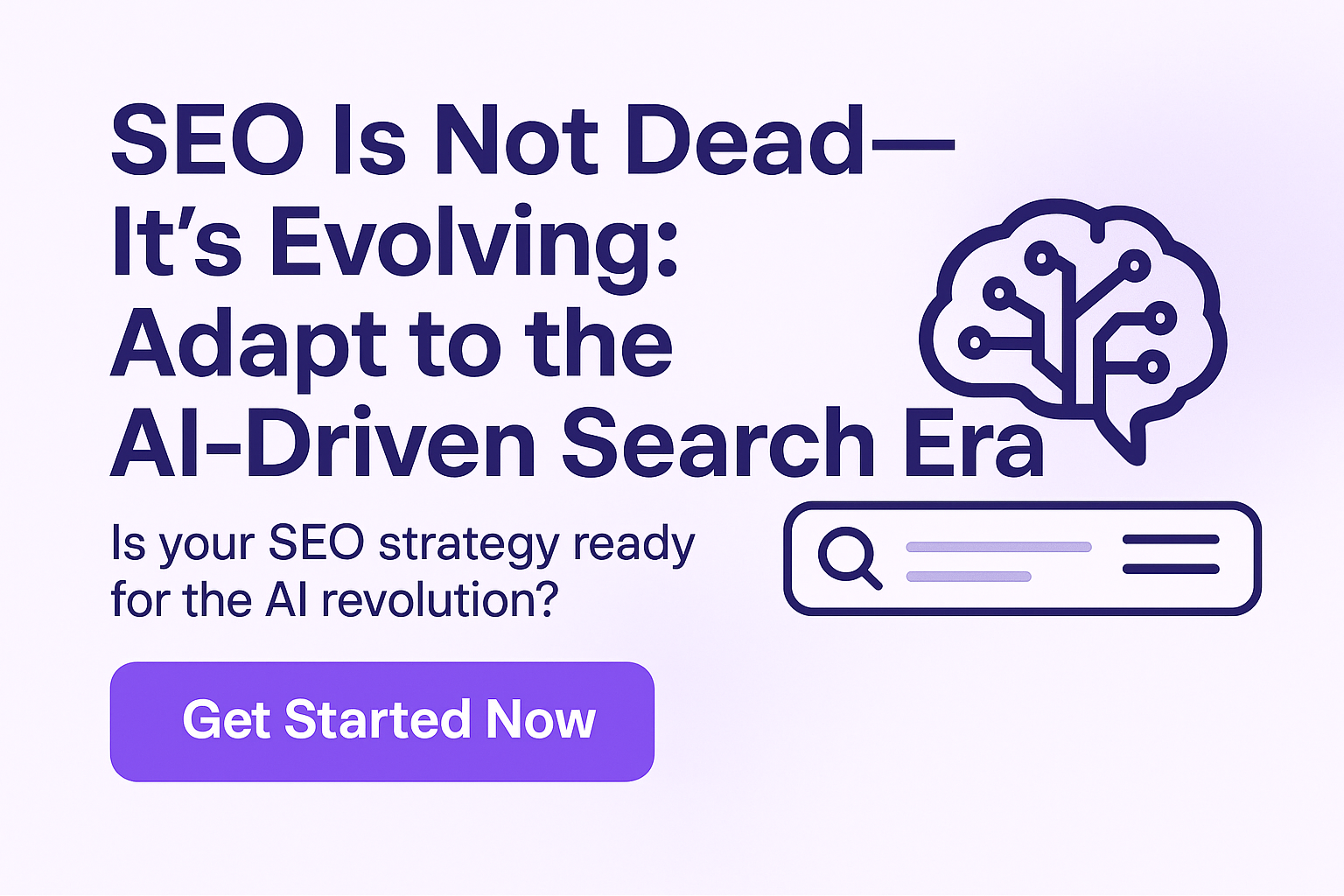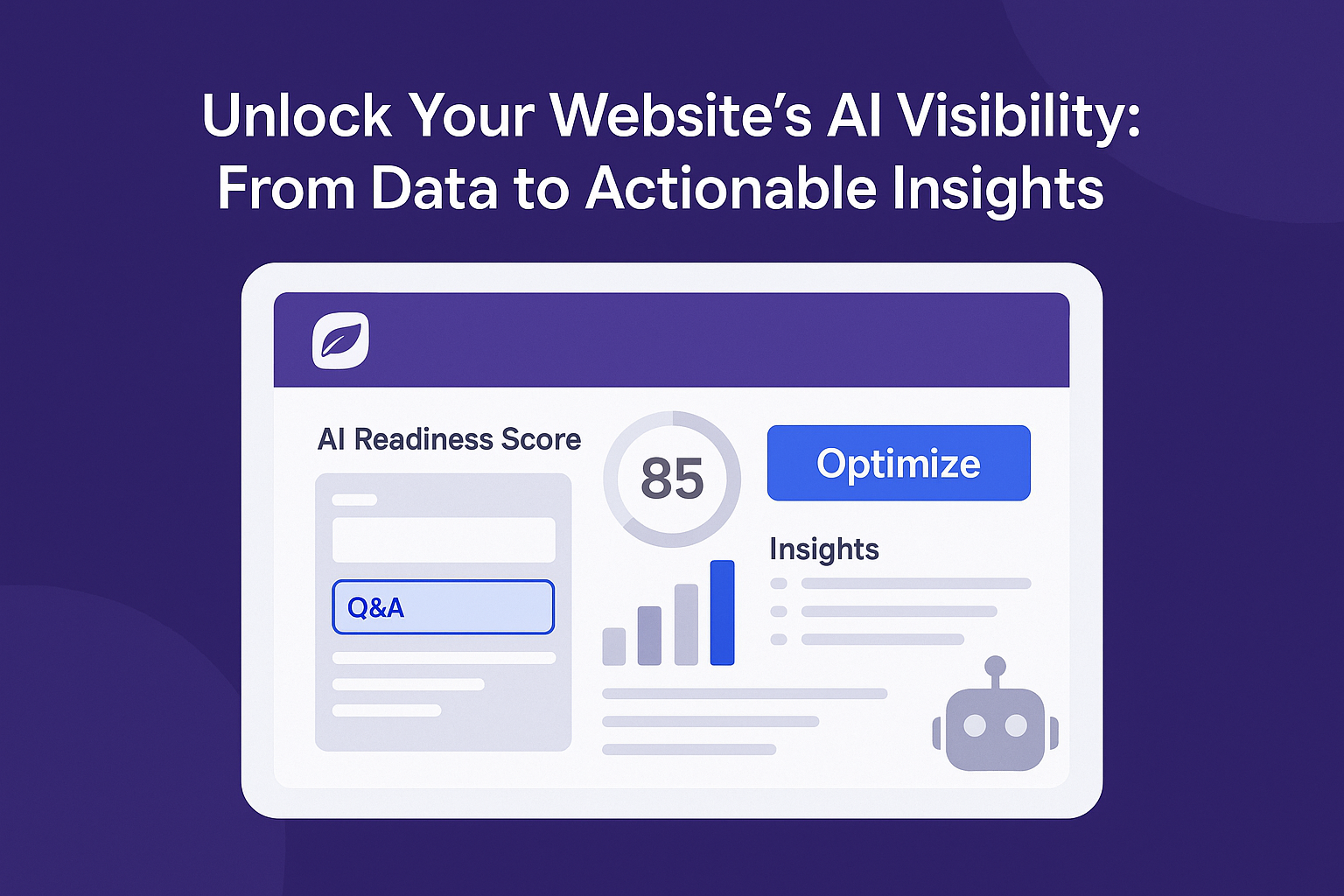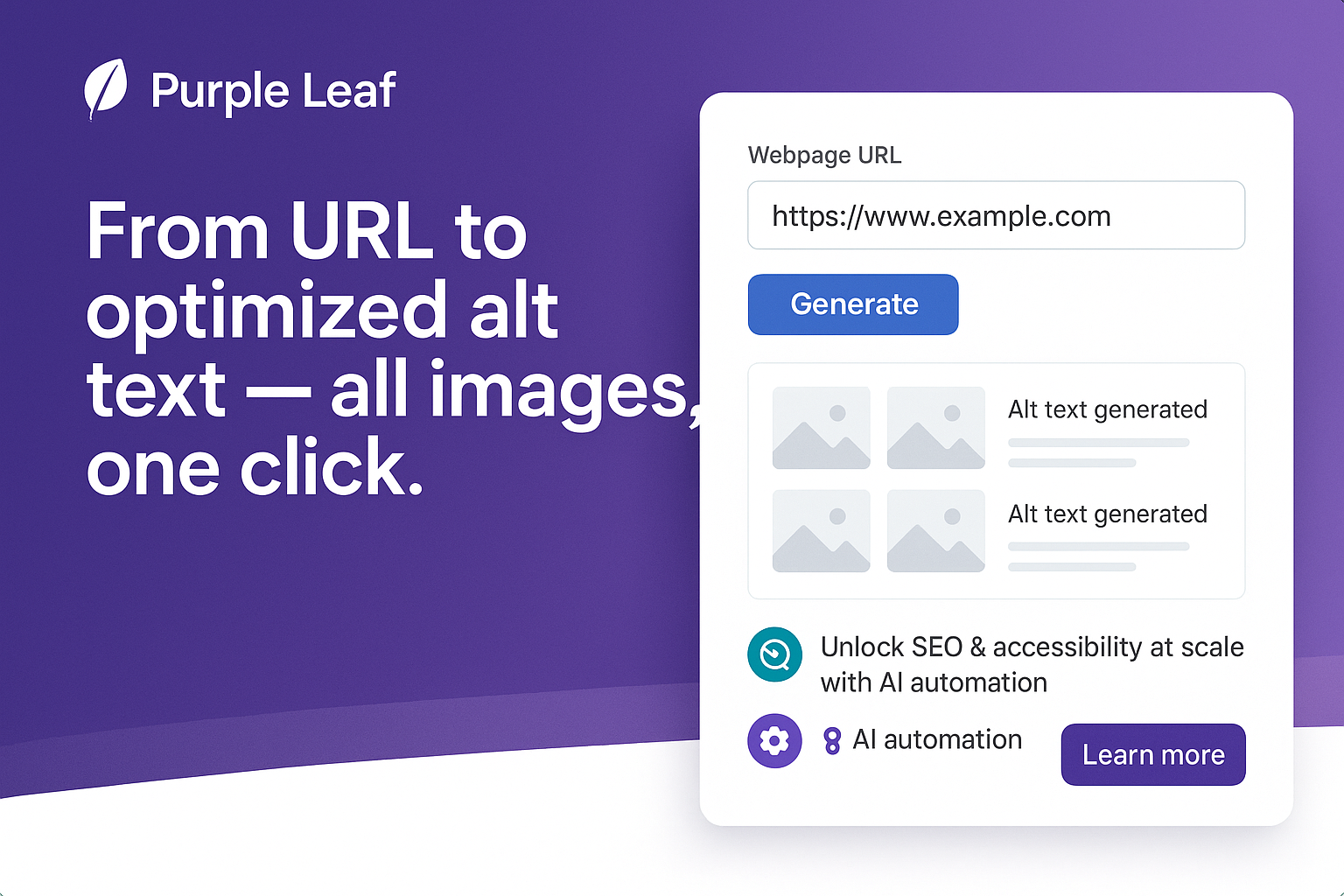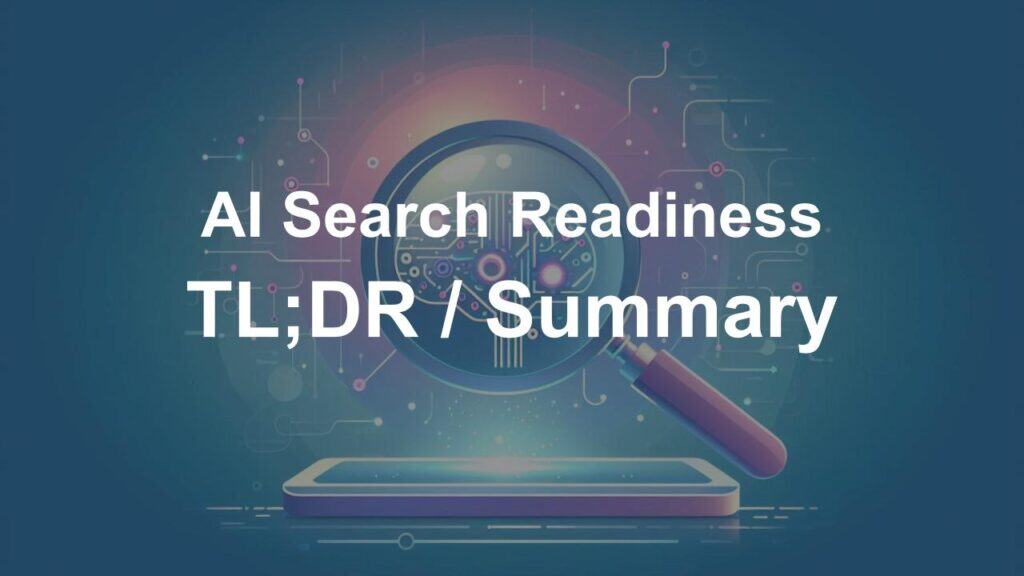
Introduction
When someone visits your page, the first few lines set the tone. The same is true for AI systems like Gemini, Perplexity, and ChatGPT.
Just as we discussed in our previous blog on Readability, clarity in those opening lines is key. These tools often scan content quickly, looking for a short, clear definition they can use to introduce your page.
If your content doesn’t provide one, the AI may pick a less-than-ideal sentence, leaving your page misrepresented. That’s where a well-crafted TL;DR (Too Long; Didn’t Read) or Summary becomes critical.
What is a TL;DR / Summary?
A TL;DR (short for “too long; didn’t read”) or Summary is a short, concise explanation that gives readers—and AI systems—the essence of your page in one to three sentences. Unlike a meta description (which is primarily for search results), the TL;DR lives within your content and serves as a framing device. It sets the stage, tells readers what they can expect, and provides AI with a reliable snippet to pull from.
Why TL;DR Matters for AI & Search
AI models thrive on clarity. When scanning a page, they often grab the first clear, self-contained definition they find to anchor context. A strong TL;DR can:
- Improve the chances of being surfaced in AI Overviews and voice search answers.
- Increase your inclusion in knowledge panels and entity graphs.
- Help AI engines present your page in the right terms—boosting both relevance and authority.
Think of it as your content’s elevator pitch: if AI had only one shot to summarize you, what would you want it to say?
How to Write an Effective TL;DR / Summary
Crafting a great TL;DR is part art, part science. A few best practices:
- Keep it short & direct: Aim for 20–40 words.
- Place it early: Ideally in the first or second paragraph.
- Use entity-rich language: Clearly reference the topic, industry, or audience.
- Maintain clarity: Simple sentences beat jargon every time.
- Sound authoritative, not promotional: Present facts first, persuasion later.
👉 Example:
“Entity salience is the way AI and search engines identify what a page is about. Clear and consistent entity use makes it more likely your page is included in AI results and knowledge graphs.”
Common Mistakes to Avoid
Even strong content can lose impact if the summary isn’t right. Avoid these pitfalls:
- Being too vague: “This article talks about SEO” says nothing useful.
- Keyword stuffing: Packing in terms like “best SEO, AI SEO, top SEO” makes it unreadable.
- Hiding the definition: Don’t bury the summary halfway down the page.
- Overcomplicating: Long, dense sentences confuse both readers and AI.
Examples of Good TL;DRs
- “Alt text is descriptive text attached to images, helping both accessibility and search engines understand visual content.”
- “Readability means writing content in a clear, concise way so both humans and AI can easily understand and surface it.”
- “Entity salience is the consistency with which a topic or entity is referenced, helping AI correctly classify and summarize a page.”
Each of these is short, context-rich, and easy for AI to pick up.
Conclusion
Your TL;DR isn’t just a courtesy for busy readers—it’s a signal for AI systems deciding how to represent your page. Get it right, and you’ll guide Gemini, Perplexity, ChatGPT, and others to introduce your content exactly the way you want. Get it wrong, and you risk being summarized in ways that don’t fit your brand or expertise.As AI-driven search grows, these small optimizations create big opportunities.
The takeaway? Spend a few extra minutes perfecting your TL;DR—it’s often the line that defines you. To make this process easier, tools like Purple Leaf’s AI Readiness checker can help you evaluate whether your content is optimized for AI summaries, ensuring your message is framed the right way every time.
